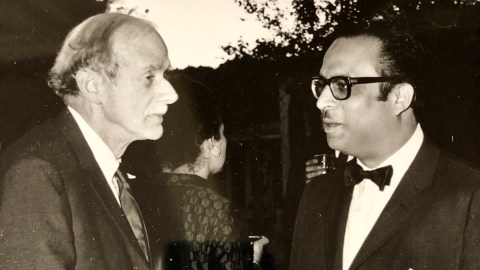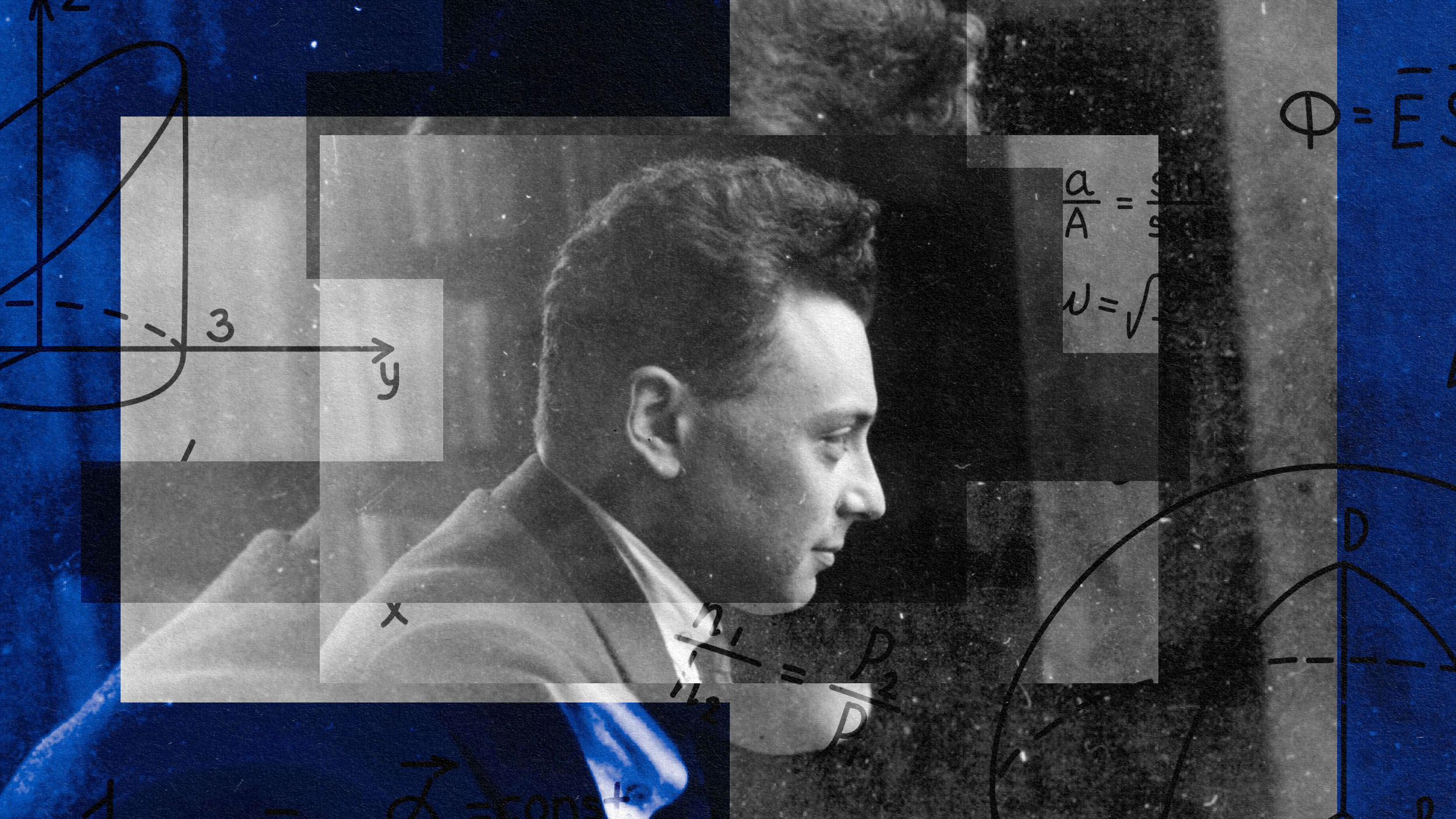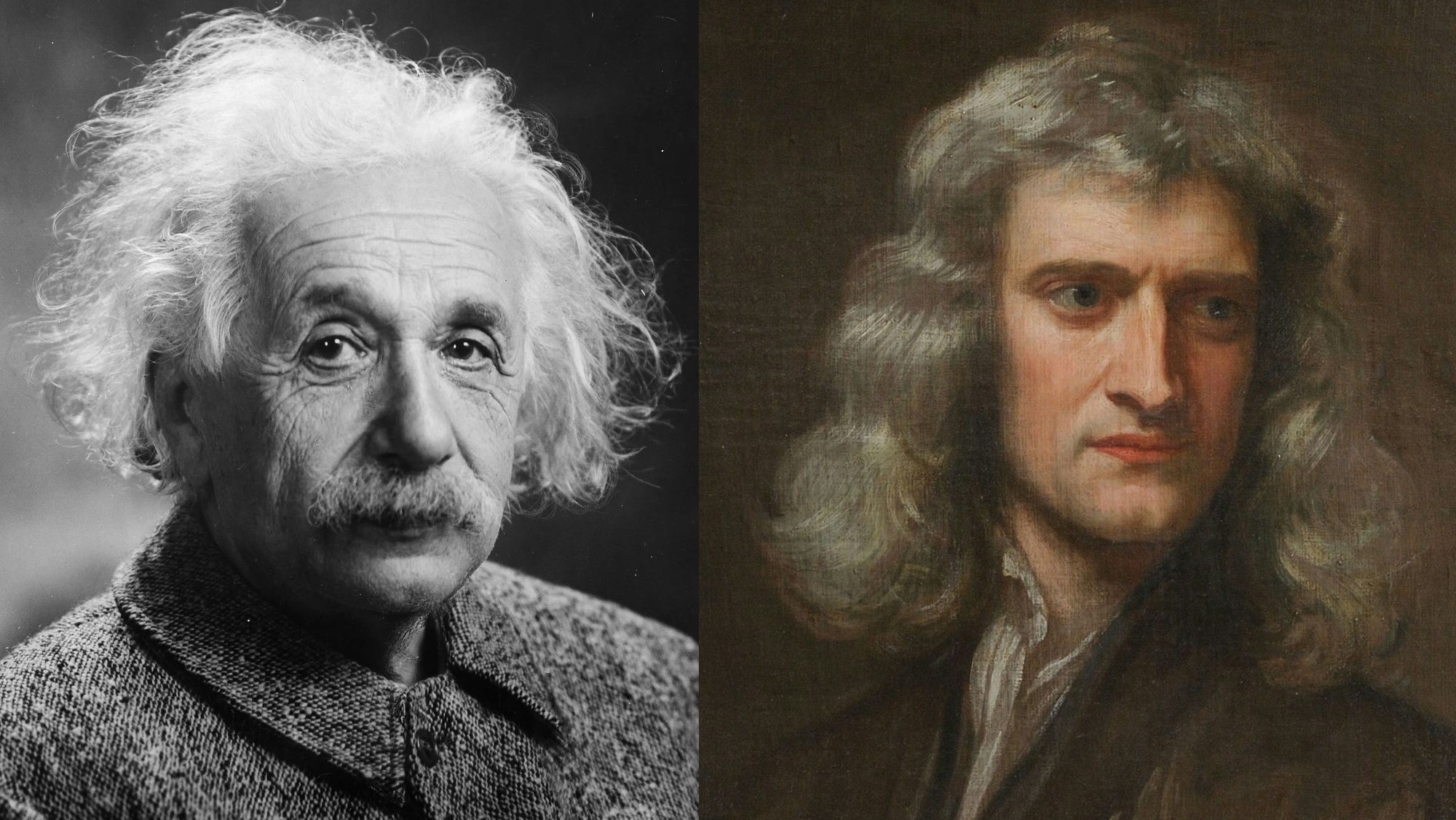Brilliant minds

(PHOTO BY NEIL MEHRA IN 1969)
I recently had one of those rare encounters that only chance and fortune can conspire to bring together—an event that illustrates what elsewhere I’ve called the simple beauty of the unexpected.
I met with a student who had just concluded my “Physics for Poets” class, Julianne Mehra, and her father, Neil Mehra, for breakfast. Their last name resonated with books I had read in my formative years, authored by Jagdish Mehra, an eminent historian of science who was an intimate friend and colleague of some of the greatest luminaries of twentieth-century physics.
As I arrived at Hanover’s Dirt Cowboy Café and greeted the Mehras, I saw a giant book taking up most of the small table’s surface area. “Here,” said Neil, “I want to present a copy of my father’s book to you, as I know you will appreciate it.” It was a first edition of the celebrated The Physicist’s Conception of Nature—the massive proceedings Mehra edited of a symposium that took place in the summer of 1972 at the International Centre for Theoretical Physics (ICTP) in Trieste, Italy.
Mehra had mustered the support of Abdus Salam, then director of the ICTP, and Nobel Prize laureate Eugene Wigner, to celebrate physicist Paul Dirac‘s 70th birthday. Dirac was one of the giants of twentieth-century theoretical physics, whose discoveries included the prediction of the existence of antimatter, the proper description of how electrons and other particles with fractional quantum spin behave in bulk matter, and several key developments that paved the way to how we currently understand the behavior of elementary particles of matter as excitations of an underlying quantum field.
It is impossible to think of quantum theory and not of Dirac—pictured at the top of this page (on the left) while talking to Jagdish Mehra.
The symposium brought together some of the greatest physicists of the time, including Hendrik Casimir, Werner Heisenberg, Rudolf Peierls, Josef Jauch, Carl Friedrich von Weizsäcker, Subrahmanyan Chandrasekhar, Julian Schwinger, John Bell, Bernard D’Espagnat, and, of course, Salam, Wigner, and Dirac, among others.
It was perhaps the last gathering of the remarkable minds that shaped the new quantum worldview, forged in the first half of the twentieth century. It was a celebration of the intellectual courage that it takes to propose nontraditional ideas and, as the physicist and novelist C. P. Snow remarked in his after-dinner speech, of the “classical mind.” Not classical in any sense of opposing quantum, as is the common use, but a kind of way of thinking that shares some essential qualities:
Lucidity, austerity, that is, a dislike for unnecessary frills, indeed frills of any kind, but mixed with this austerity an acute aesthetic sense … The classical mind is candid; it’s unwilling to tolerate unnecessary mystifications … Finally, rationality. Rationality which doesn’t despise the unreason of man, the irrational parts of our impulses. It knows what they are. But it also knows that the rational mind is the only way to explore them. Therefore, I suggest to you that the classical mind, at its best, is the supreme expression of the soul of man.
Snow cites Isaac Newton and the pure mathematician G. H. Hardy as other examples of the classical mind, albeit with essential differences between the men themselves. (For example, he writes that “Newton was a singularly suspicious, disagreeable and ungenerous man. Of Paul Dirac we should all say the opposite.”)
In all three examples—Dirac, Newton, and Hardy—the classical mind relates to the expectation, or more appropriately, the conviction that reality is, in its essence, mathematical. Thus, to decipher it, one needs to address the mathematical aspects of Nature (for the physicists) or of pure thought (for the pure mathematicians) with what could be called rational asceticism.
A search for the final truth
There is something quite devotional about this form of approach to science, based on the belief that mathematical beauty is a gateway to higher truth.
The ultimate truth, for the “classical minded” physicist, would be to find a unified theory of Nature. This is what Einstein tried for the last few decades of his life, and so did Dirac. During the after-dinner speeches (and the many toasts), physicist Cornelius Lanczos said:
I can only say that we are perhaps all crazy in looking for this [theory] which gives us the final truth, but I think that the very effort of trying to find the [theory] on which everything is built up is a tremendous experience. I have the feeling that even if our circles are somewhat exclusive, this basic approach to nature, that the fundamental category from which we can understand everything, is beauty, is something which delights Dirac and myself.
A whole generation of physicists, from the 1980s until now, has followed this intellectual lead. Unfortunately, we no longer put together the sort of spectacular parties our elders did; evenings of music playing, dancing, and lively conversation following a day of technical blackboard discussion. (Or maybe I’m just not invited?) These were different times, when the community of theoretical physicists was much smaller and closer.
I wonder what Dirac would think of the thousands of papers put out per month in databanks like the physics archive. I imagine he would be quite skeptical, even if delighted, that most of us learned quantum mechanics from his book.
At that 1972 symposium, Wigner told about a lunch he’d once had with Dirac and Michael Polanyi. He recalled that while he and Polanyi talked animatedly about science, culture, society, etc., Dirac didn’t say a word.
Confused, Wigner asked Dirac, “Paul, why don’t you speak up? Everybody is interested in your opinion.”
To which Dirac replied, “There are always more people willing to speak, than willing to listen.”
The post Brilliant Minds appeared first on ORBITER.





